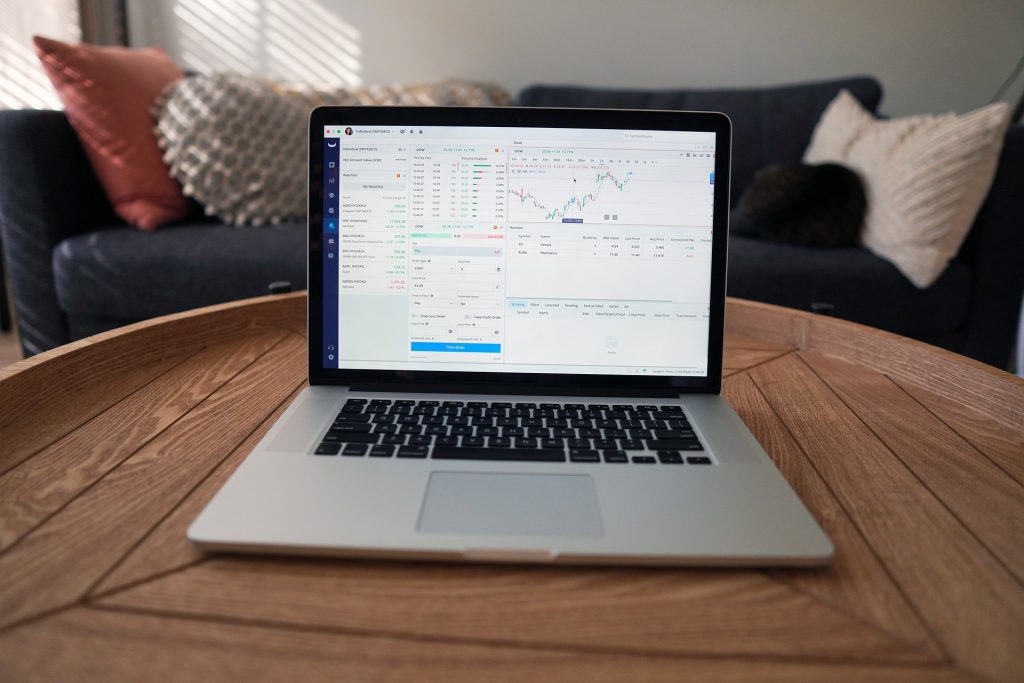Moving averages are some of the most commonly used indicators in trading. They smooth out a price series and help identify trends and reversals by showing what price is doing on average.
There are various moving averages, all based on different periods. The two most common types are exponential and straightforward:
Moving averages made easy
A moving average can be considered an average (hence the name) that “moves”. It calculates the average closing price over a certain period.
For example, let’s use a five-day moving average which means it takes the closing prices for the last five days and finds their average.
It will produce an updated line and follow prices up and down. Because it is an average, it will be less sensitive to single data points.
A simple moving average calculates the simple average of a series of numbers over a given period.
A 5-day simple moving average means calculating the sum of the five most recent days and dividing by five. Calculating this daily gives you an image like the one below:
The red line shows what price was doing on average for each day, and so we can see how price acts on its own and changes as time progresses.
It is worth noting that although they may seem similar, simple moving averages react more quickly than exponential ones.
They are often used in trading software to give immediate signals, whereas exponential averages usually take longer to “trigger” (give a buy or sell signal).
Exponential moving averages respond more quickly to recent prices than simple moving averages, which is why traders generally use them.
Exponential moving averages are calculated differently. Instead of summing the last n days then dividing, you take an amount from the oldest data point within your time range and divide it by a certain “smoothing” number. Let’s use 25 as our smoothing number, in which case we would have:
We take four numbers for this example, so it is simply the sum of 5, 6, 7, 8 divided by 4. The way exponential averages work means that older data points matter less when calculating your average price. It makes them more responsive to price changes and means they lag.
Exponential averages are more sensitive to recent changes in price than simple ones. Because of this, traders often use them to get a quick idea of where the market is going rather than a slower yet more stable signal from a simple moving average.
In short
- Moving averages smooth a price series and show where security is trading on average.
- There are several different moving averages, the most common being exponential and straightforward.
- Simple moving averages take the sum of past prices divided by the number of days in your time range. In contrast, exponential moving averages first compute n-1 (where n = period) then divide by a smoothing factor to relate more closely to recent prices.
- Although simple ones respond quickly, making them useful for active traders, exponential moving averages represent momentum over time better because older data points matter less when calculating an average price. Therefore, they are used more frequently by longer-term traders or researchers doing stock analysis.
- Moving averages are the most used indicators in trading. They smooth out a price series and help identify trends and reversals by showing what price is doing on average.
- There are several different moving averages, the most common being exponential and straightforward.
- Simple moving averages take the sum of past prices divided by the number of days in your time range. In contrast, exponential moving averages first compute n-1 (where n = period) then divide by a smoothing factor to relate more closely to recent prices.
- Although simple ones respond quickly, making them useful for active traders, exponential moving averages tend to represent momentum over time better because older data points matter less when calculating an average price.

